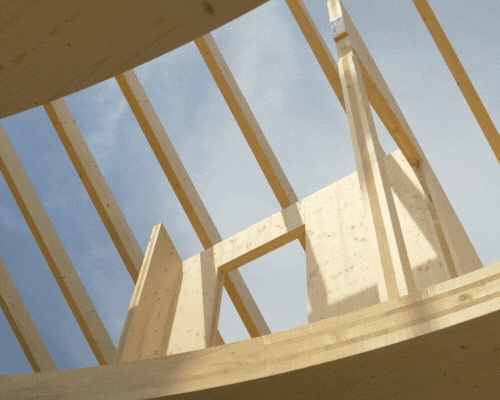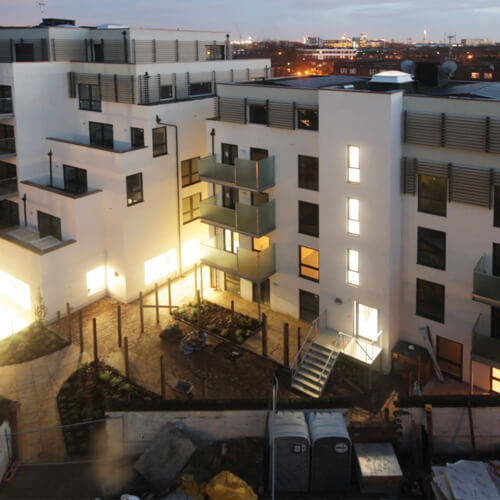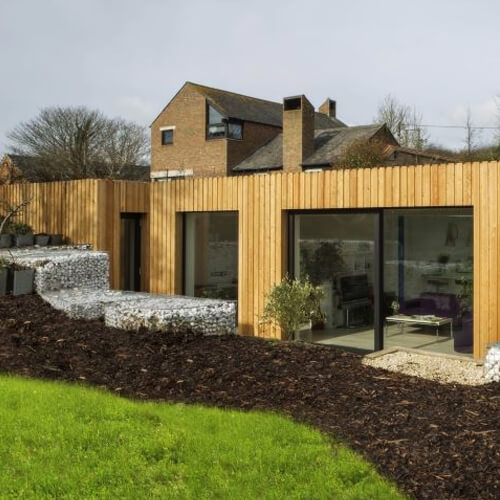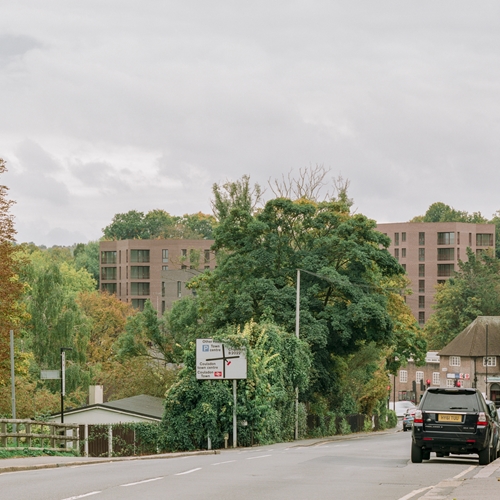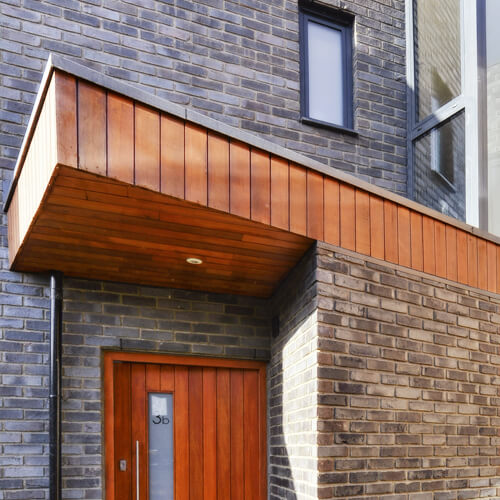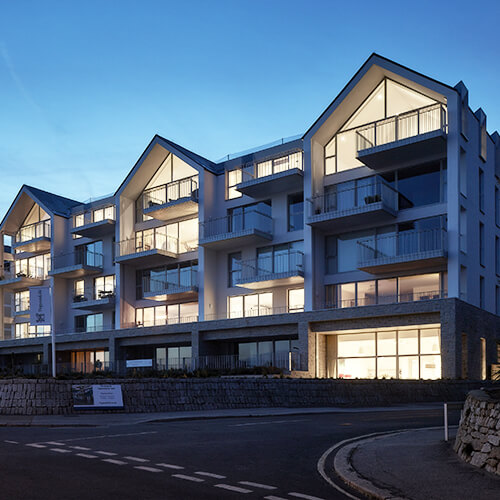Sustainability Built In
At Symmetrys, we understand our responsibility as designers to mitigate the impact of the built environment on our planet. We also understand that the materials we use and specify have the potential to further contribute to the climate crisis through high emissions, biodiversity and habitat loss, and pollution.
That’s why, following our sign up and commitment to ‘Structural Engineers Declare’, we are working to develop an approach to design that delivers solutions that not only benefit the client, but positively impact the local community, wider society and the environment. To do this, we have put together a code of practice; a minimum set of requirements that we expect all our engineers to adhere to.

1. Carbon Counting
Firstly, we must understand our immediate impact; our carbon footprint.
We intend to count every kilogram of embodied C02e in every single one of our projects. This approach will provide us with the data we need to identify where we can design more efficiently, and begin to phase out the construction techniques and design practices that do not further the pursuit of a low-carbon built environment.

2. Reduce
Design decisions can be influenced by a number of different factors but where we can, we will seek to drive sustainable solutions as a priority.
Ultimately, the most sustainable option is to build nothing, and understanding how this idea can be meaningfully implemented in the design of a new structure can be tricky.
However, being able to critically appraise design decisions, challenge the brief where necessary and reuse wherever possible, we can reduce our impact drastically.
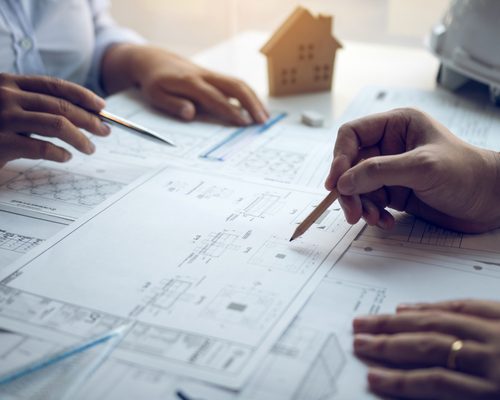
3. Design Efficiently
Now more than ever, it is important that we use no more material than absolutely necessary. Typical design practices and short programmes can often result in the overdesign of elements.
At Symmetrys, we work to produce considered design that is refined throughout a project to ensure that the most efficient version is built.
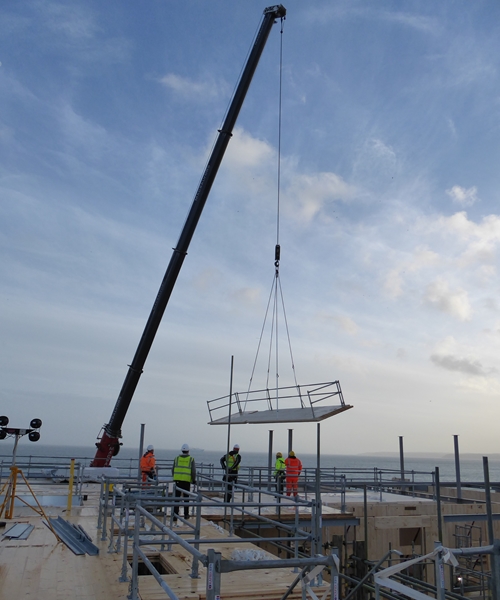
4. Specify
Once the material use has been minimised through reduction of structure and efficient design, we can focus on getting the best out of the material we do use.
We are committed to specifying the lowest carbon materials we can – that can be in the form of cementitious replacements or the use of natural materials like timber, as opposed to more carbon intensive options such as light-gauge steelwork.
